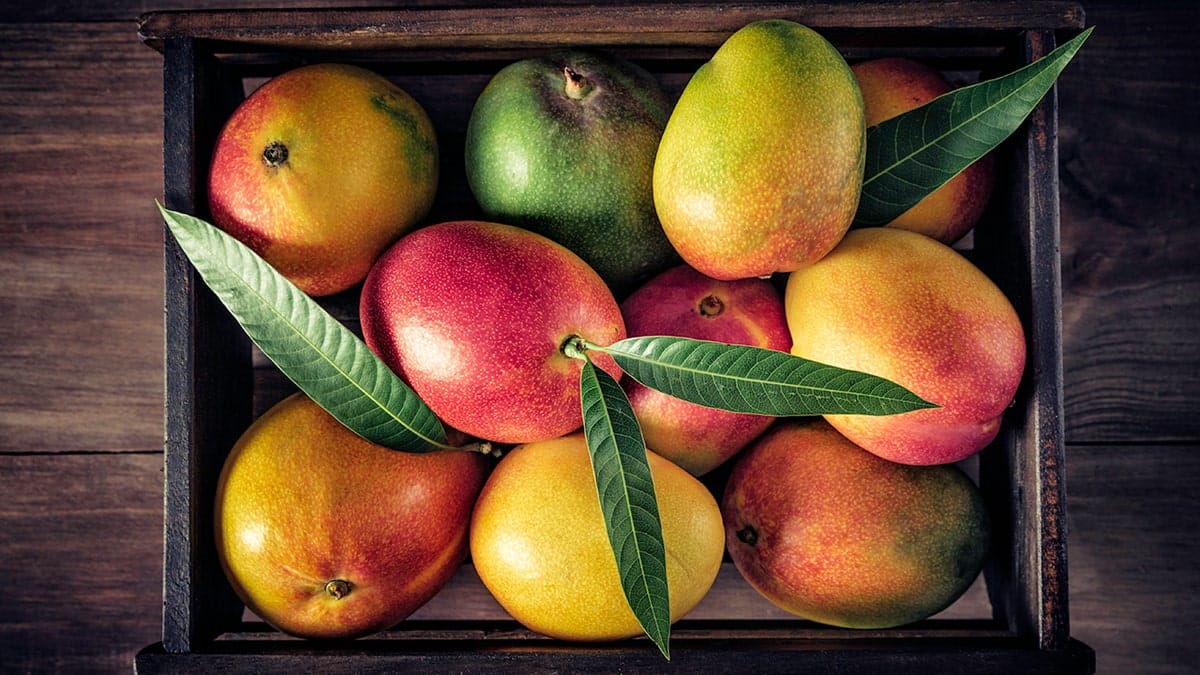As summer spreads across India, the question “Are mangoes good for diabetes?” has become increasingly common among patients and health experts. Known as the “king of fruits,” mangoes have long carried both admiration and suspicion among people living with diabetes. Traditionally, many avoided the fruit for fear of sugar spikes, while others believed it could even reverse the disease. Now, new Indian studies are offering fresh insights, suggesting that mangoes, when eaten in moderation, may actually support blood sugar management and overall metabolic health.
Mangoes and Blood Sugar: What the Research Shows
Recent clinical trials in India have shown that controlled mango consumption can lead to improved blood glucose responses compared to traditional carbohydrate sources like bread. A study involving 95 participants found that popular Indian mango varieties such as Safeda, Dasheri, and Langra produced lower or similar glycemic responses than white bread. Continuous glucose monitoring revealed that people with type 2 diabetes experienced smaller sugar fluctuations after eating mangoes, a finding that could indicate long-term benefits for metabolic stability.
Further evidence comes from an eight-week randomized trial, where participants replaced their morning bread with 250g of mango. The results showed improvements in fasting glucose, insulin resistance, cholesterol levels, waist circumference, and HbA1c – a key marker of diabetes control. According to experts, the key takeaway is moderation: one small mango can be safely incorporated into a balanced diet, provided it substitutes other sources of carbohydrates rather than adding extra calories.
For more details on global diabetes prevalence, the International Diabetes Federation highlights that type 2 diabetes accounts for more than 90% of worldwide cases.
Portion Control and Practical Tips for Diabetic Diets
While these findings bring hope, doctors stress that mango consumption should always be supervised and portion-controlled. A small mango contains around 180 calories, which must be included within a patient’s daily calorie limit. Experts recommend enjoying mangoes between meals, not as a dessert, and pairing them with protein or fiber to minimize sugar spikes. Avoiding high-sugar preparations such as juices, milkshakes, or syrups is also critical.
In India, an estimated 77 million adults live with type 2 diabetes, according to the World Health Organization. This makes dietary strategies an essential part of managing the disease. Health researchers from the Harvard T.H. Chan School of Public Health also emphasize the importance of replacing refined carbohydrates with healthier alternatives, a principle reflected in the mango studies.
The Cultural Power of Mangoes in India
Beyond their nutritional value, mangoes carry deep cultural, social, and economic meaning in India. Known as symbols of hospitality and diplomacy, mangoes are often exchanged during festivals, political meetings, and family gatherings. With over 1,000 varieties grown across the country, from the sweet Dasheri of the north to the globally famous Alphonso of the west, mangoes are celebrated as much for their flavor as for their cultural identity.
The fruit also plays a central role in Indian literature and art, praised by poets like Ghalib as “a sealed glass of honey.” Festivals dedicated to mangoes highlight their significance not just as food but as a cherished part of India’s heritage. The National Horticulture Board of India provides detailed information about the diversity of mango varieties and their economic role in the country.



